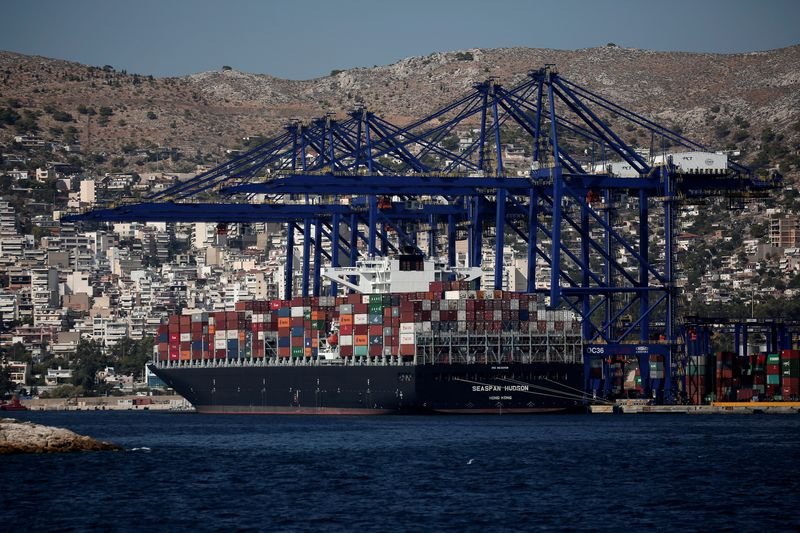Red Sea and Strait of Hormuz: Navigational Warnings Following Israeli Strikes on Iran
Tensions in the Middle East have escalated significantly, prompting advisories for shipping routes in the Red Sea and the Strait of Hormuz. These warnings are particularly crucial for vessels navigating these strategic waterways due to recent military actions involving Israel and Iran.
Impact on Shipping Routes
With the increase in military activities, shipping companies must be vigilant and reconsider their navigational plans. The Red Sea and Strait of Hormuz are vital channels for maritime trade, especially for oil shipments. As geopolitical tensions rise, the safety of these routes becomes a paramount concern for shipping operators.
The Growing Risk to Maritime Operations
The situation in the region has raised alarms about potential disruptions in maritime operations. Vessels transiting through these waters face increased risks, including the threat of military conflict. Shipping companies are urged to stay updated on the latest developments and alter their routes if necessary.
Regional Responses to Instability
In light of the heightened tensions, several countries have reinforced their naval presence in strategic waterways. This increase in military assets is intended to safeguard commercial shipping and ensure safe passage for vessels navigating through these critical areas. These measures aim to reassure shipping companies and mitigate risks associated with regional conflicts.
Oil Prices and Economic Implications
The escalating tension in the Middle East is also expected to impact global oil prices. Any threats to the stability of key shipping routes can lead to increased prices, affecting economies worldwide. Consequently, fluctuations in oil supply can have ripple effects across various markets, highlighting the interconnectedness of global trade.
Navigational Precautions for Vessels
Shipping companies should adopt proactive measures to ensure the safety of their vessels. This includes monitoring updates from maritime authorities and considering alternative routes if necessary. Proper risk assessments will be crucial for maritime operators during this politically charged period.
Conclusion
The situation in the Red Sea and the Strait of Hormuz remains fluid, and shipping operators must prioritize safety and vigilance. As geopolitical tensions continue to unfold, staying informed and adapting to the changing landscape will be essential for ensuring safe maritime operations.
